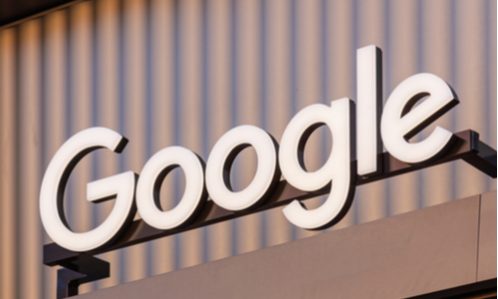
by: John Bergmayer (Public Knowledge)
I’m happy about the Supreme Court’s 6-2 decision in Google v. Oracle, affirming that Google’s reimplementation of the Java API for Android was a fair use and thus not copyright infringement. Google and Oracle’s competitions can breathe a sigh of relief, since a result that went the other way could have seriously inhibited the ability of smaller companies and new entrants to compete with established software giants.
Oracle is less happy, and frames the decision differently. In its statement, it says that the decision makes “the barriers to entry higher and the ability to compete lower.” The opposite is true.
It is correct that only companies like Google can afford to litigate a case for a decade, all the way to the Supreme Court. But now that it has done so, others can rely on the precedent it set, and its holding that reimplementing a software API to create a competing or compatible version is a fair use as a matter of law. This is a very strong fair use opinion that would seem to cover most kinds of API reimplementation, which the court correctly found is essential to competition, new market entry, and interoperability.
It is also true that even with strong precedent on your side, you might still have to litigate a fair use case, since fair use is so fact-specific. In many ways it would have been cleaner if the Court had recognized that APIs should not receive any copyright protection at all, as Public Knowledge asked the Court to do. At the same time, the Court’s reasoning is not limited to APIs and would seem to cover other forms of compatibility, cloning, and reverse engineering. Some of the Court’s reasoning might have applicability beyond software—not just its lucid description of the purpose of copyright itself (to promote the creation of new works, which includes allowing the creation of new works via fair use) but in other areas. For example, in its analysis of the fourth fair use factor—effect on the market—the Court noted that plaintiffs cannot simply assert that they have lost revenue from the fair use itself, as this is simply circular, and that courts must look to the broader public benefits that could result from a fair use holding, not just the effect on the parties to the case…
Featured News
BHP Unveils £31bn Mining Megamerger Proposal with Anglo American
Apr 25, 2024 by
nhoch@pymnts.com
ByteDance Prefers Shutdown Over Sale of TikTok Amid US Ban Threats
Apr 25, 2024 by
CPI
FCC Votes to Restore Net Neutrality Rules
Apr 25, 2024 by
nhoch@pymnts.com
Apple Rejects Spotify’s Updated App Over In-App Pricing Disclosure
Apr 25, 2024 by
CPI
FCC Set to Reinstate Net Neutrality Rules Today
Apr 25, 2024 by
CPI
Antitrust Mix by CPI
Antitrust Chronicle® – Economics of Criminal Antitrust
Apr 19, 2024 by
CPI
Navigating Economic Expert Work in Criminal Antitrust Litigation
Apr 19, 2024 by
CPI
The Increased Importance of Economics in Cartel Cases
Apr 19, 2024 by
CPI
A Law and Economics Analysis of the Antitrust Treatment of Physician Collective Price Agreements
Apr 19, 2024 by
CPI
Information Exchange In Criminal Antitrust Cases: How Economic Testimony Can Tip The Scales
Apr 19, 2024 by
CPI